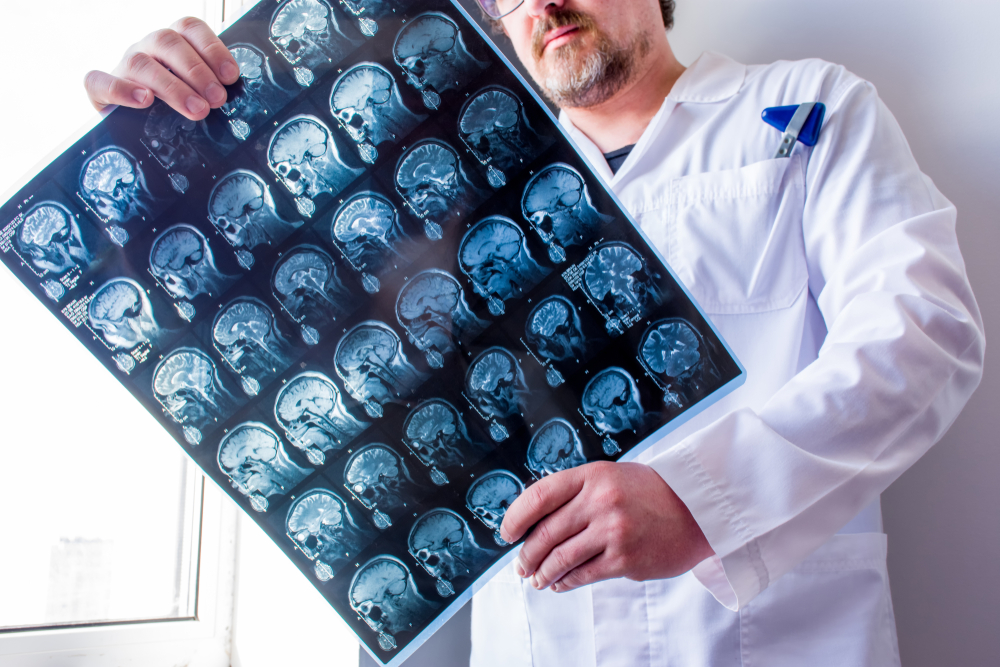According to the World Health Organization, cancer is one of the most prevalent diseases around the world. When you hear about a person’s cancer diagnosis, you also hear about what stage the cancer is in.
But what are the different stages of cancer, and what do they indicate? Let’s find out.
What Do Stages of Cancer Mean?
Doctors rank most cancers in terms of “stages” to describe the severity of a patient’s cancer. The severity is based on its location in the body, how much it has grown, and whether it has spread to other organs. However, several types of cancer – such as brain cancer – are ranked by “grade,” which is based on how abnormal the cancer cells are and the complexity of the tumor.
Even though there are many different kinds of cancer and every person’s case is different, there are only four stages. Cancers of the same stage are often treated the same and have similar prognoses.
Staging is used not only to help predict your prognosis, but also to help your doctor develop an effective plan of treatment.
What Are the Stages of Cancer?
STAGE 0: CANCER IS STATIONARY AND NOT GROWING OR SPREADING
This stage means the cancer is all in one place – the place where it started – and has not spread to nearby tissues. This stage of cancer is highly curable, and the prognosis is excellent.
Treatment of this stage usually involves surgically removing the tumor.
STAGE 1: TUMOR IS SMALL AND HAS SPREAD SLIGHTLY
Stage-1 cancer means a small cancerous tumor has begun to spread (but not deeply) to nearby tissue. At this stage, the cancer has not spread to the blood or lymph nodes.
Although this is an early stage of cancer, immediate treatment is recommended. The prognosis for recovery at this stage is very good.
STAGES 2 AND 3: TUMOR IS LARGER AND MAY HAVE SPREAD TO TISSUE AND LYMPH NODES
Cancer at stages 2 and 3 are often grouped together and referred to as regional recurrence or regional metastatic cancer. These stages indicate that the tumor has grown more deeply into nearby tissue.
At these stages, the cancer cells have entered the blood and may have spread to lymph nodes. Although stages 2 and 3 are serious and require immediate treatment, the good news is that the cancer has not spread to other organs or parts of the body.
STAGE 4: CANCER HAS SPREAD TO OTHER ORGANS
Stage-4 cancer is referred to as distant spread, metastatic, or advanced cancer. This means the cancer has spread from its original location to other organs or parts of the body.
While this type of cancer is certainly more difficult to treat, it is not a reason to give up hope. There are new state-of-the-art treatments that can help even the most advanced stages of cancer.
Why Is It Important to Understand the Stages of Cancer?
It is important for doctors to know how much cancer is in your body and where the cancer is located in order to choose the best plan to treat it. For example, treatment for early stages of cancer may include radiation or surgery, whereas a more advanced-stage cancer may require chemotherapy treatment.
Now that you know what the stages of cancer are and why they’re important, you will have a better understanding when you talk to your doctor about the treatment options that are best for you. Knowing what you’re dealing with is half the battle; and now you can focus on treating the cancer and getting better.
Cancer Center in Miami
The compassionate and knowledgeable doctors and nurses at the CyberKnife Center of Miami can help you understand and navigate through your cancer diagnosis by answering any questions you have, and helping to come up with a personalized treatment plan.
If you or a loved one has been diagnosed with cancer, call our office today at (800) 204-0455 or (305) 279-2900. You can also fill out our simple online contact form and we’ll get back to you. We look forward to serving you.

